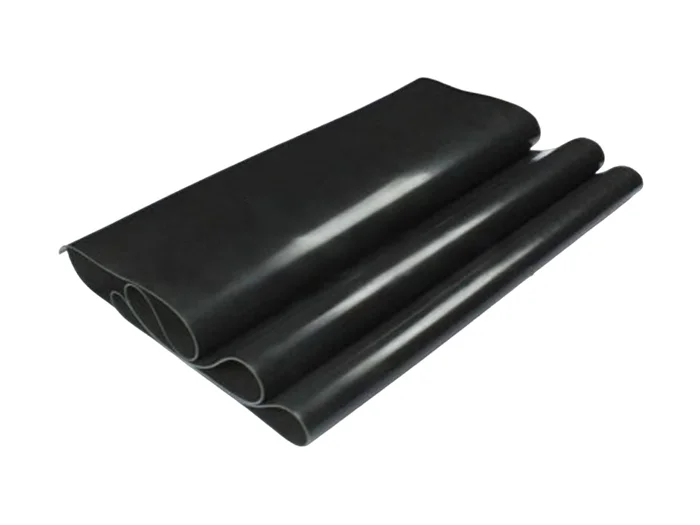In recent years, the debate surrounding the use of plastic versus paper bags has intensified, fueled by growing environmental concerns and a shift towards sustainable practices. As consumers become more conscious of their ecological footprint, understanding the implications of their choices is crucial. This article delves into the multifaceted aspects of using plastic and paper bags, examining their environmental impact, practicality, and long-term sustainability.
The Environmental Impact of Plastic Bags
Plastic bags, primarily made from polyethylene, are lightweight and durable. However, their environmental footprint is significant. According to the Environmental Protection Agency (EPA), approximately 380 billion plastic bags are used annually in the United States alone. The production of these bags involves the extraction of fossil fuels, contributing to greenhouse gas emissions. Furthermore, plastic bags are notorious for their persistence in the environment; they can take up to 1,000 years to decompose, leading to severe pollution in oceans and landscapes.
Marine life is particularly vulnerable to plastic pollution. Sea turtles, for instance, often mistake plastic bags for jellyfish, leading to ingestion that can be fatal. Additionally, microplastics—tiny plastic particles resulting from the degradation of larger plastic items—pose a threat to the food chain, as they are ingested by marine organisms and subsequently consumed by larger predators, including humans.
The Environmental Impact of Paper Bags
On the other hand, paper bags are often perceived as the more environmentally friendly option. Made from renewable resources, paper bags are biodegradable and can decompose within a few months under the right conditions. The production process for paper bags, however, is not without its environmental concerns. It requires significant amounts of water and energy, and the deforestation associated with paper production can lead to habitat loss and increased carbon emissions.
A study by the Danish Environmental Protection Agency suggests that, while paper bags have a lower impact on marine life, their overall environmental footprint can be greater than that of plastic bags if they are not reused multiple times. The study indicates that a paper bag must be reused at least three times to offset its higher production emissions compared to a single-use plastic bag.
Practicality and Usability
When considering practicality, plastic bags have several advantages. They are lightweight, waterproof, and can carry heavier loads without tearing. This makes them ideal for carrying groceries and other items. Additionally, plastic bags are often provided for free at many retail locations, making them a convenient choice for consumers.
Conversely, paper bags, while sturdy, are more susceptible to moisture and can tear under heavy loads. They are typically more expensive than plastic bags, which can deter consumers from choosing them. However, many retailers are now offering incentives for customers who bring their reusable bags, promoting a shift towards more sustainable practices.
The Case for Reusable Bags
Both plastic and paper bags have their drawbacks, leading to a growing consensus that reusable bags are the most sustainable option. Reusable bags, often made from durable materials such as cotton or recycled plastics, can significantly reduce waste. A single reusable bag can replace hundreds of single-use bags over its lifetime, thereby minimizing environmental impact.
Moreover, reusable bags can be designed for specific purposes, such as insulated bags for groceries or tote bags for everyday use, enhancing their practicality. By investing in high-quality reusable bags, consumers can contribute to a more sustainable future while enjoying the benefits of convenience and durability.
Conclusion: Making Informed Choices
The question of whether it is better to use plastic or paper bags does not yield a straightforward answer. Each option has its advantages and disadvantages, and the environmental impact largely depends on usage patterns and disposal methods. While plastic bags are convenient and lightweight, their long-term environmental consequences are severe. Paper bags, while biodegradable, require careful consideration regarding their production and reuse.



